CHAPTER 11 : MUTUAL FUND SCHEME PERFORMANCE
BENCHMARKS AND PERFORMANCES
A credible benchmark should meet the following requirements: It should be in sync with:
- the investment objective of the scheme.
- asset allocation pattern.
- investment strategy of the scheme.
The benchmark should be calculated by an independent agency in a transparent manner, and published regularly.
PRICE RETURN INDEX OR TOTAL RETURN INDEX
The mutual fund schemes are benchmarked to the Total Return variant of an Index (TRI). The TRI takes into account all dividends/interest payments that are generated from the basket of constituents that make up the index in addition to the capital gains. The scheme performance Would be Calculated after adding the Dividends that the Scheme has earned from the investments. The gap between the returns between PRI and TRI is the amount of dividend.
Basis of Choosing an Appropriate Performance Benchmark
SEBI has mandated:
- Selection of a benchmark for the scheme of a mutual fund to be in alignment with the investment objective, asset allocation pattern and investment strategy of the scheme.
- The performance of the schemes of a mutual fund to be benchmarked to the Total Return variant of the Index chosen as a benchmark.
- Mutual funds should use a composite CAGR figure of the performance of the PRI benchmark.

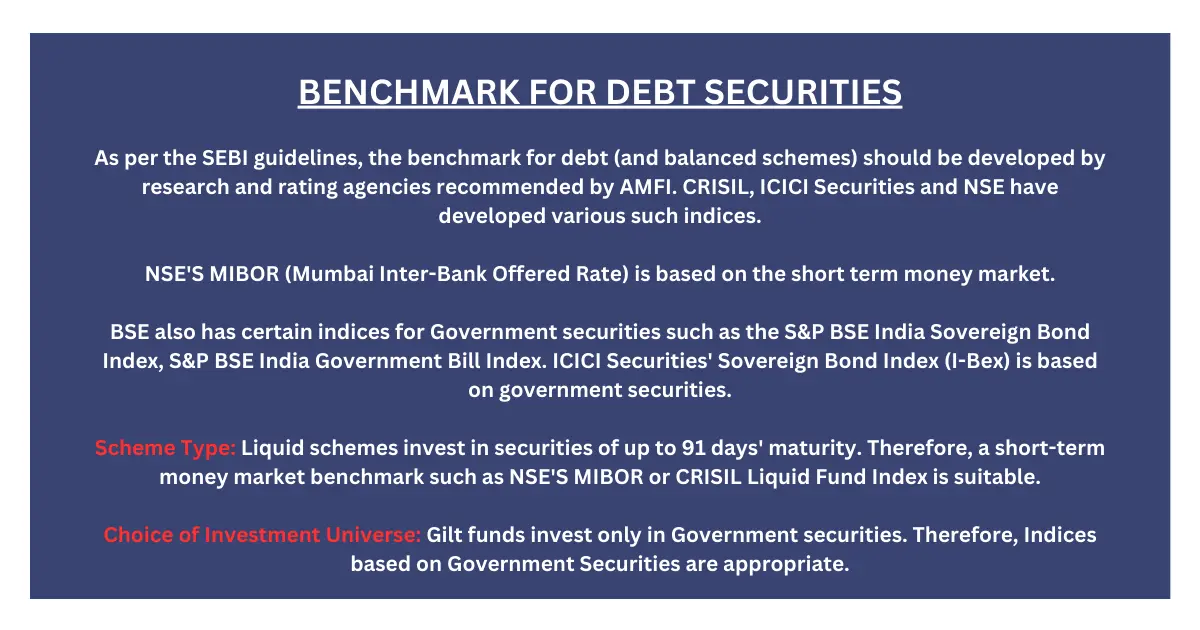

QUANTITATIVE MEASURES OF FUND MANAGER PERFORMANCE
A relative comparison shows how did a scheme perform vis-à-vis its benchmark or peer group. Such comparisons are called relative return comparisons.
If a comparison of relative returns indicates that a scheme earned a higher return than the benchmark, then that would be indicative of outperformance by the fund manager. In the reverse case, the initial premise would be that the fund manager under- performed.
There are various measures of risk-adjusted returns
1. Sharpe Ratio
Sharpe ratio is a very commonly used measure of risk-adjusted returns. Sharpe Ratio (Rs minus Rf) Standard Deviation
Where: Rs is the return; Rf is risk free return Rs minus Rf is the Risk Premium
2. Treynor Ratio: Treynor Ratio (Rs minus Rf) + Beta
Higher the Treynor Ratio, better the scheme is considered. Since the concept of Beta is more relevant for diversified equity schemes, Treynor Ratio comparisons should ideally be restricted to such schemes.
3. Alpha:
Non-Index schemes too would have a level of return, which is in line with its higher or lower beta as compared to the market. Let us call this the optimal return.
The difference between a scheme’s actual return and its optimal return is its Alpha-a measure of the fund manager’s performance. Alpha, therefore, measures the performance of the investment in comparison to a suitable market index.
TRACKING ERROR
The Beta of the market, by definition is 1. An index fund mirrors the index. Therefore, the index fund too would have a Beta of 1, and it ought to earn the same return as the market. The difference between an index fund’s return and the market return is the tracking error.
The tracking error is used to measure how consistently a fund is able to out-perform its benchmark. It is not enough if the fund is able to generate a high excess return, it must do so consistently.
SCHEME PERFORMANCE DISCLOSURES
SEBI has mandated disclosure of performance data by all the AMCS. These disclosures can be accessed through certain scheme documents and websites of the fund house.
The SID of each scheme needs to be updated once every year, accordingly, the scheme performance numbers have to be updated as a part of this exercise. That is where the fund fact sheet plays a vital role which is published on a monthly basis by all the fund houses. Fact Sheet is not a statutory requirement.
Mutual funds also make available product literature that can be used by distributors and investors to evaluate schemes. This information is made available in physical and online mode and typically includes information about suitability, returns and portfolio description.
Suitability: A snapshot of the suitability of the product can be assessed from the product labels that have to be provided with any product literature. It identifies the objective of the scheme as wealth creation, regular income generation or providing liquidity, and also the asset class in which the scheme will invest to achieve the objective.
Returns: The cumulative returns that the scheme has generated over different holding periods helps assess if the fund is able to generate returns to meet the investment objectives.
Portfolio Description: The description of the way the portfolio will be managed in terms of how assets will be allocated and securities selected will help investors assess the suitability of the scheme to investors.
Fund Factsheet: The fund factsheets are an official source of information of the fund’s objective, performance, portfolio and basic investment requirements issued by the fund house each month. The factsheet is also used by the fund manager to communicate their views on the economy and the markets to the investors and other observers such as research analysts, rating agencies and media.
AMCS may also provide periodic updates on markets and the economy. These are typically part of the factsheets or may be issued as separate notes.
Scheme performance available on AMFI website:
AMFI website (www.amfiindia.com) carries the performance data of all the mutual fund schemes. This is an exhaustive resource and one can access the same for various different periods, and fund categories. A sample screen shot of the report is shown below:
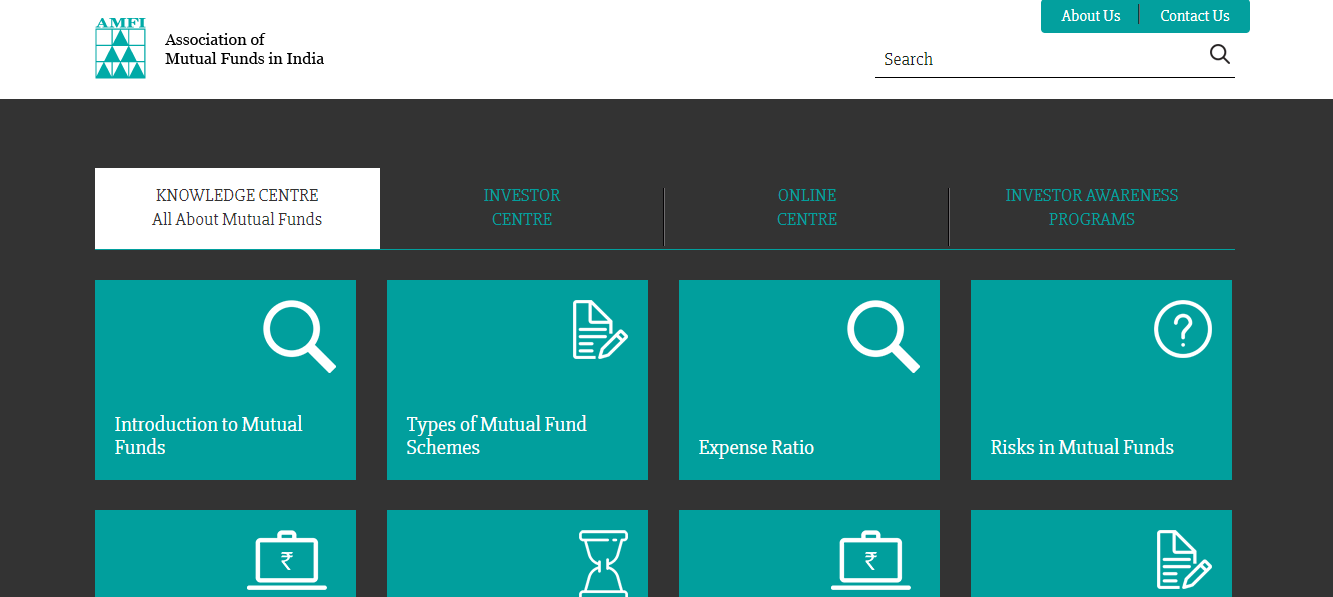
Investors, who wish to access the raw data of NAVs, dividends etc. in a systematic manner – and distributors who wish to integrate such information into their investor-management systems and processes can subscribe to the data from different vendors.
CHAPTER 1: Investment Landscape
CHAPTER 2 : Concept And Role Of A Mutual Fund
Chapter 3: Legal Structure Of Mutual Funds In India
Chapter 4: Legal And Regulatory Framework
Chapter 5: Scheme Related Information
Chapter 6: Fund Distribution & Channel Management Practices
Chapter 7: Net Asset Value, Total Expense Ratio & Pricing Of Units
Chapter 10 : Risk, Return And Performance Of Funds

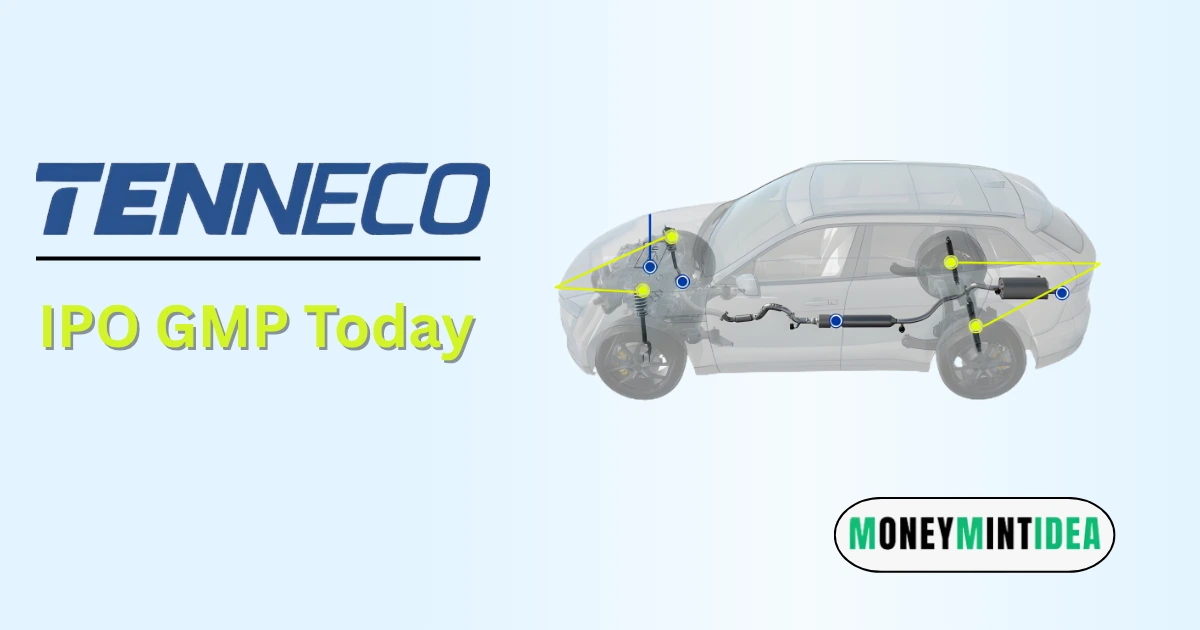





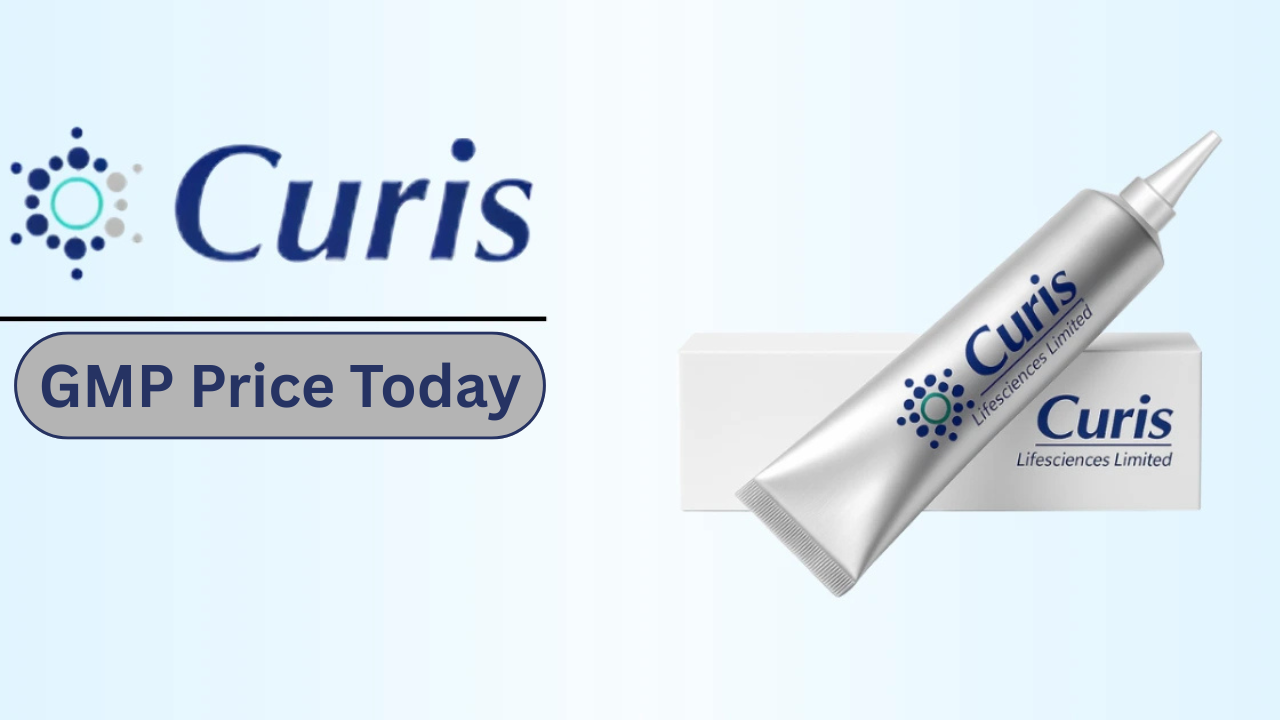
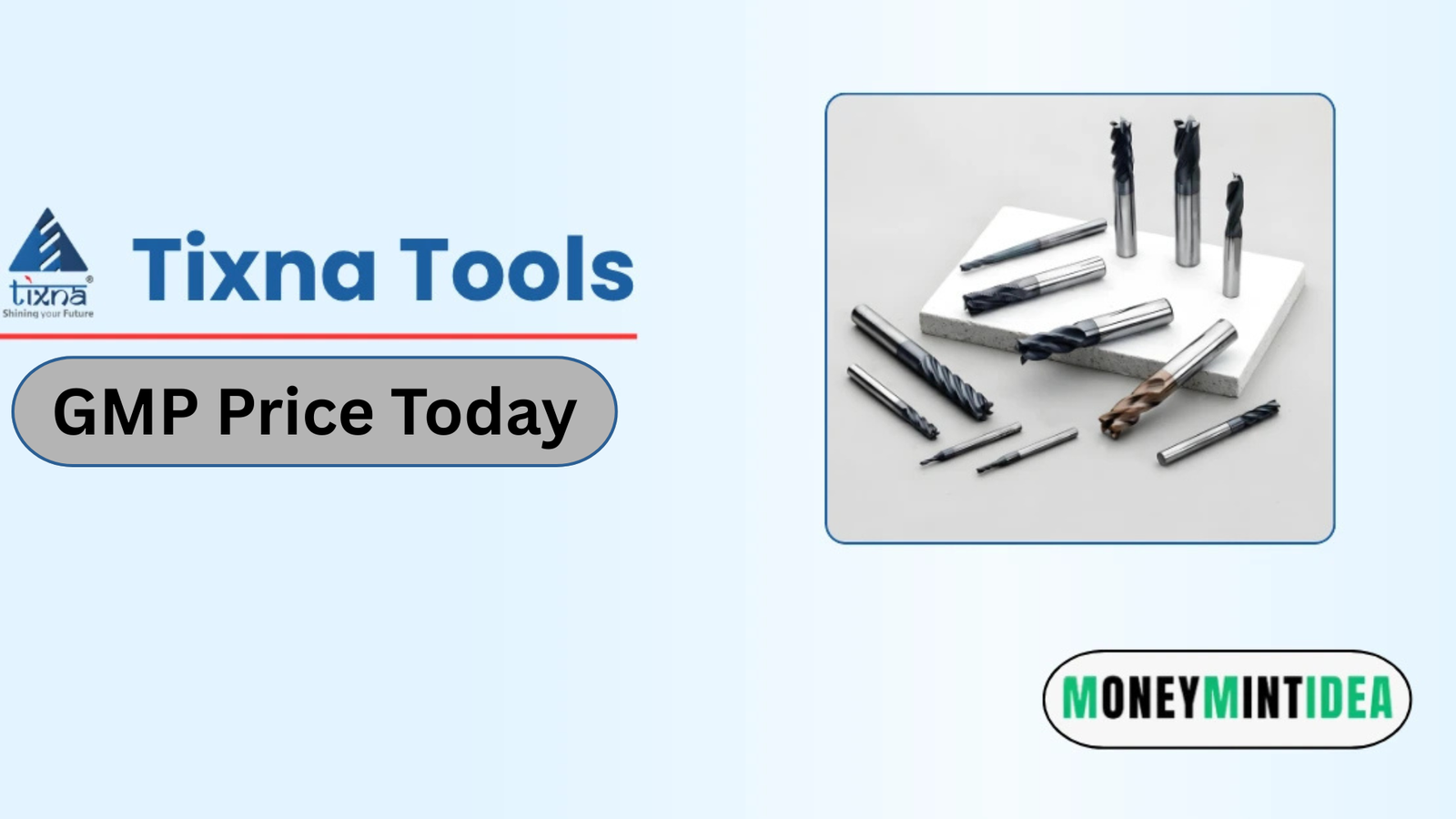

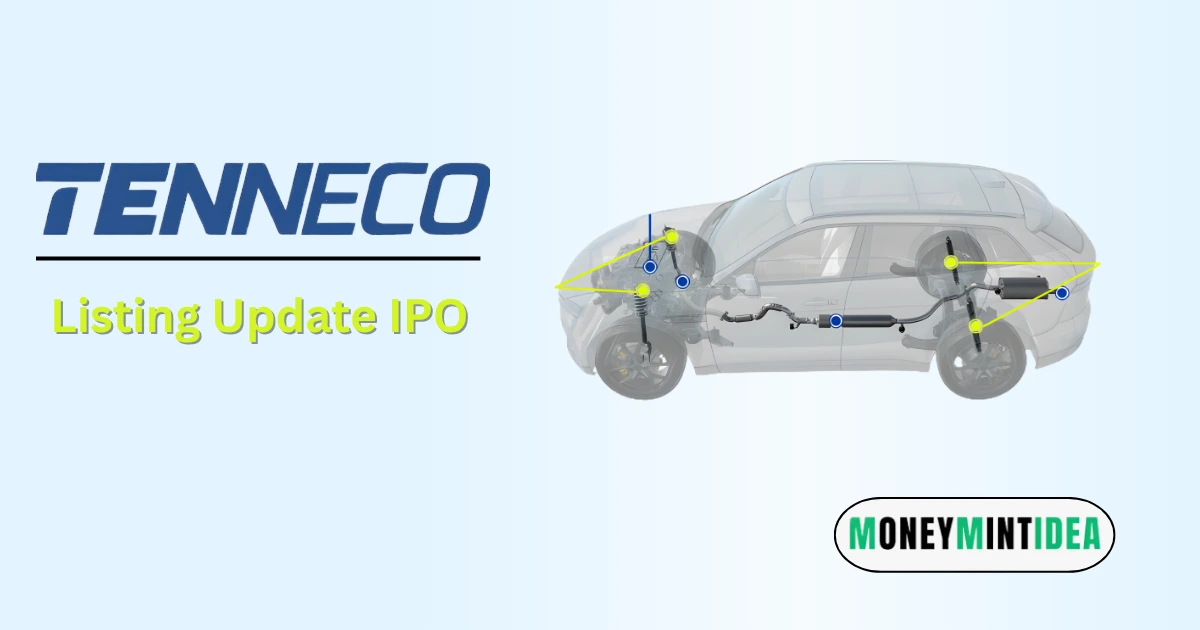
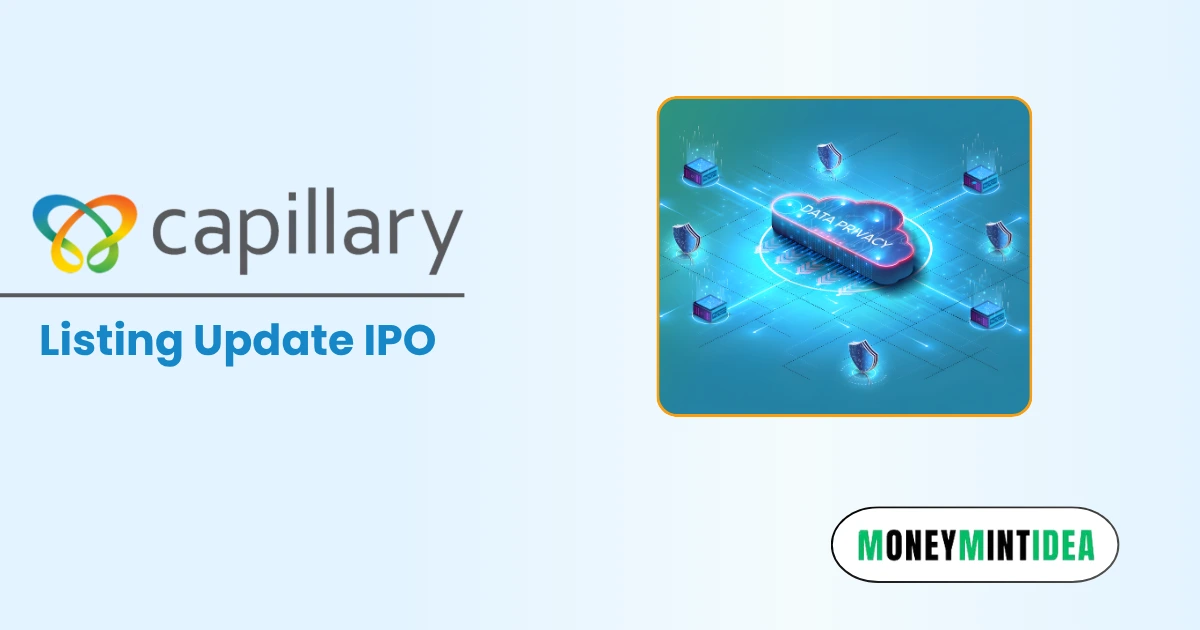








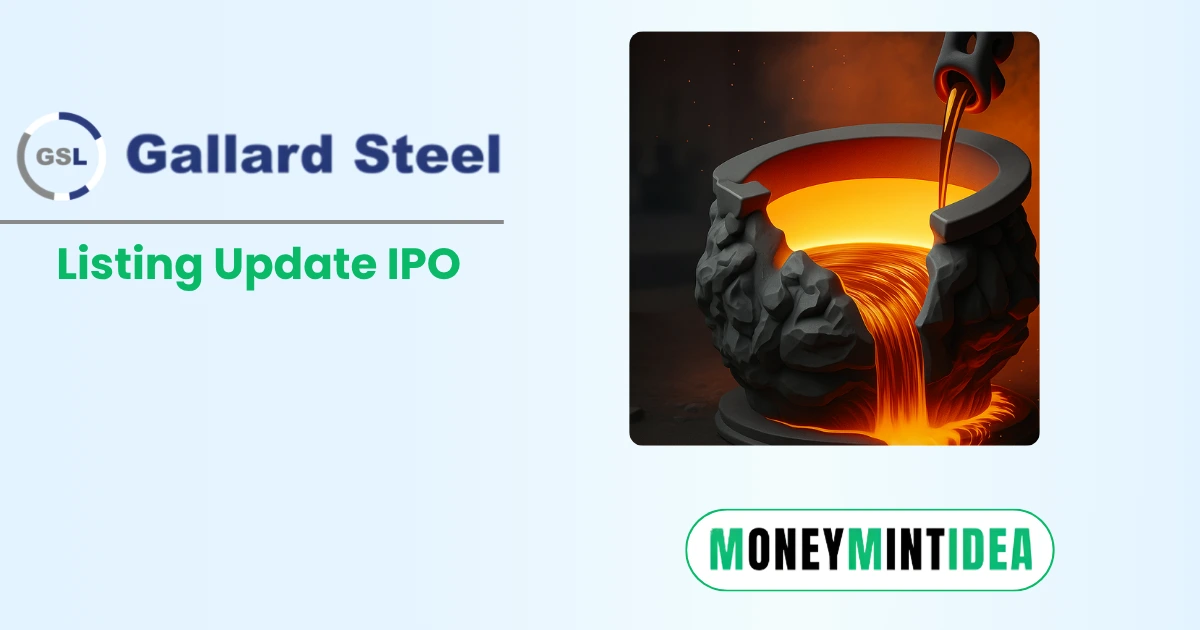


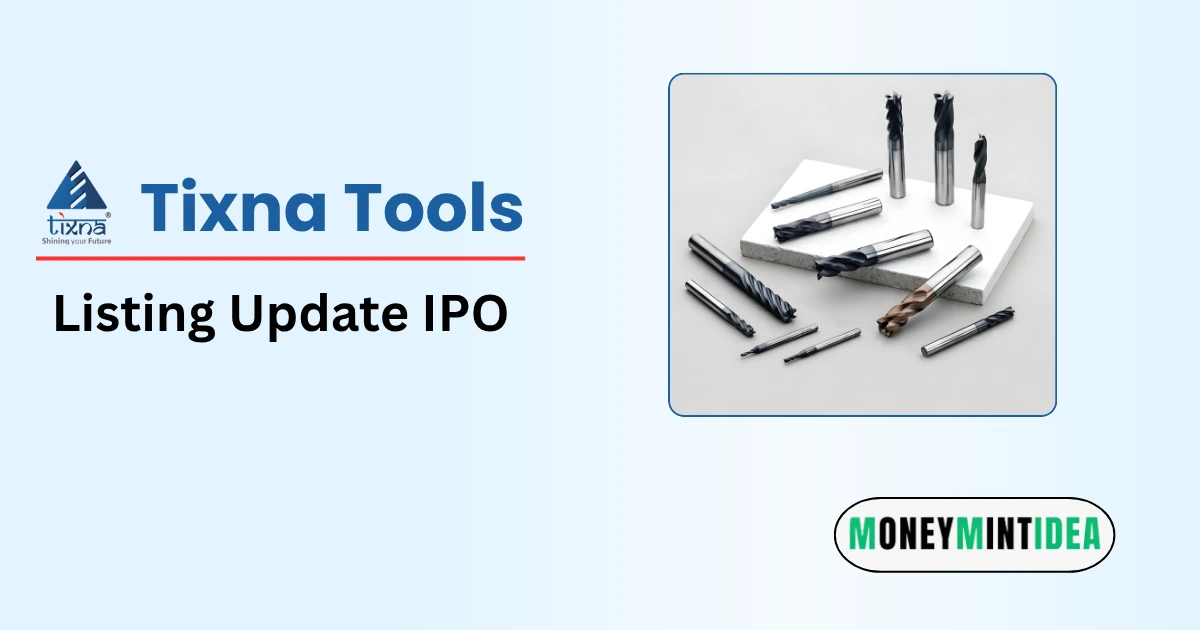
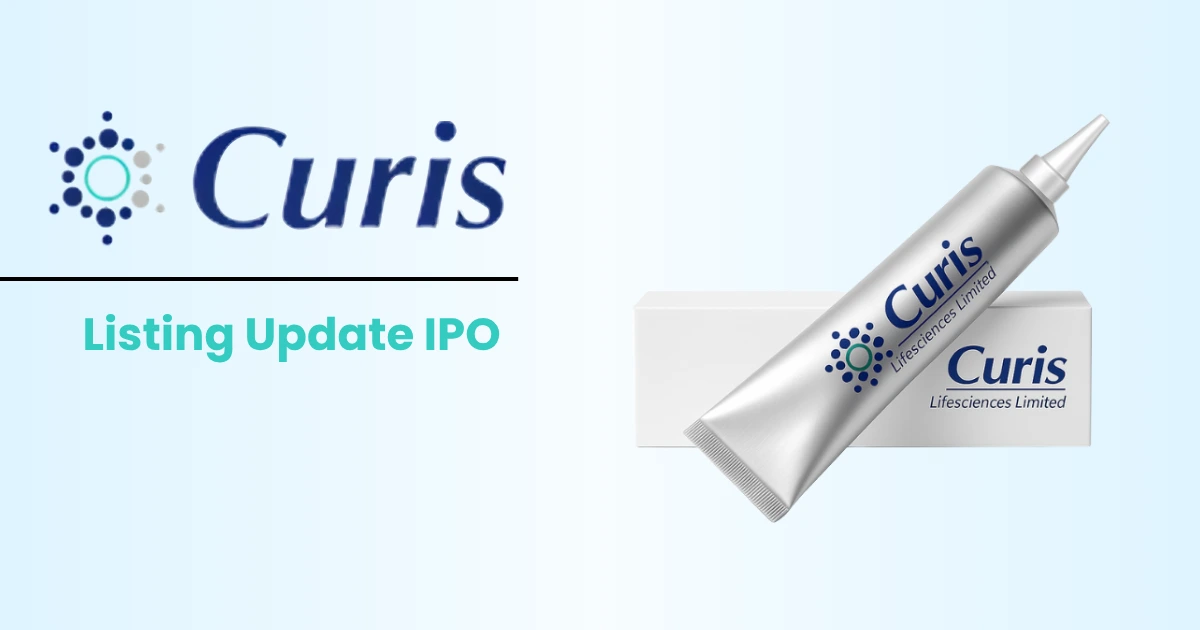




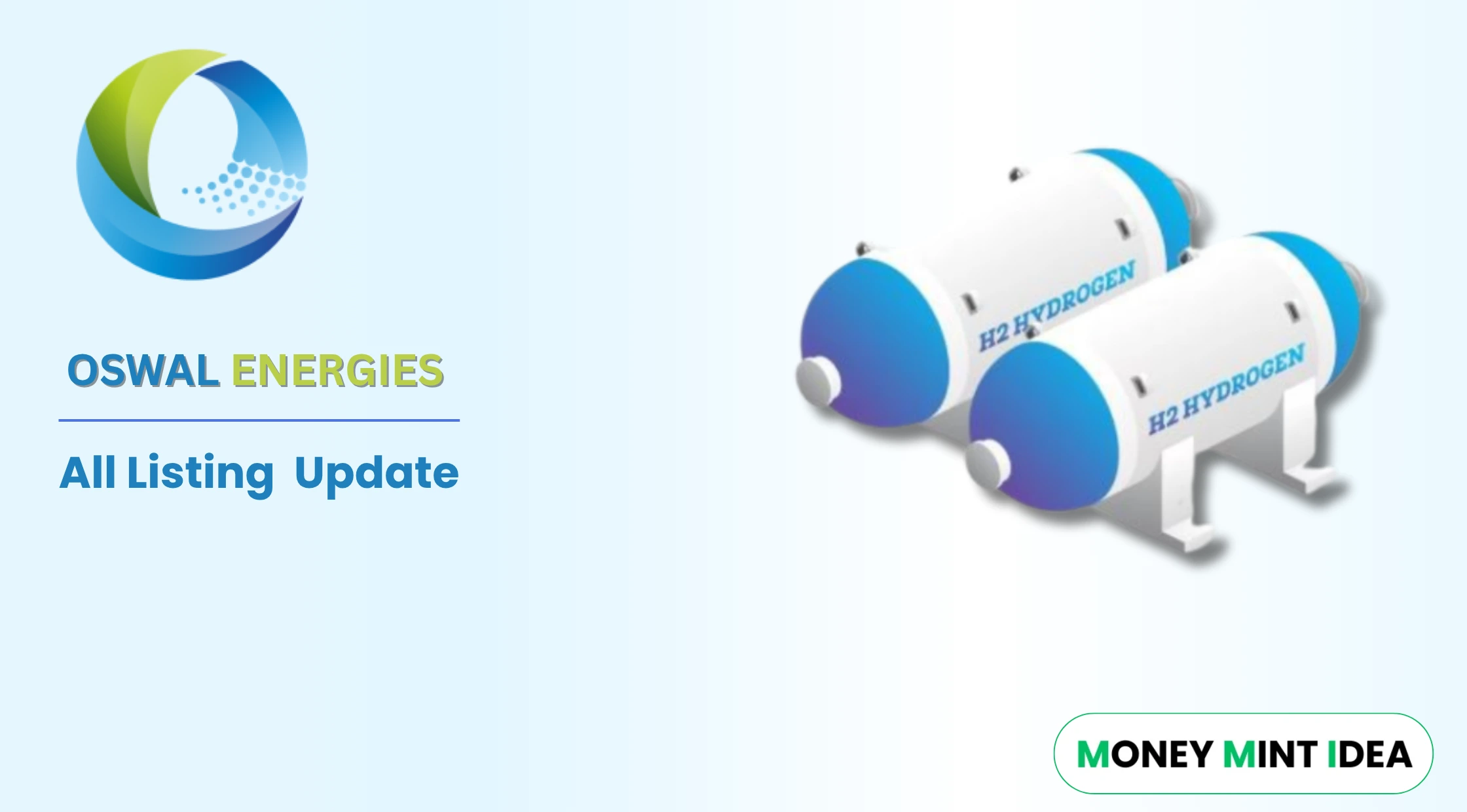


1 thought on “Chapter 11 : Mutual Fund Scheme Performance”